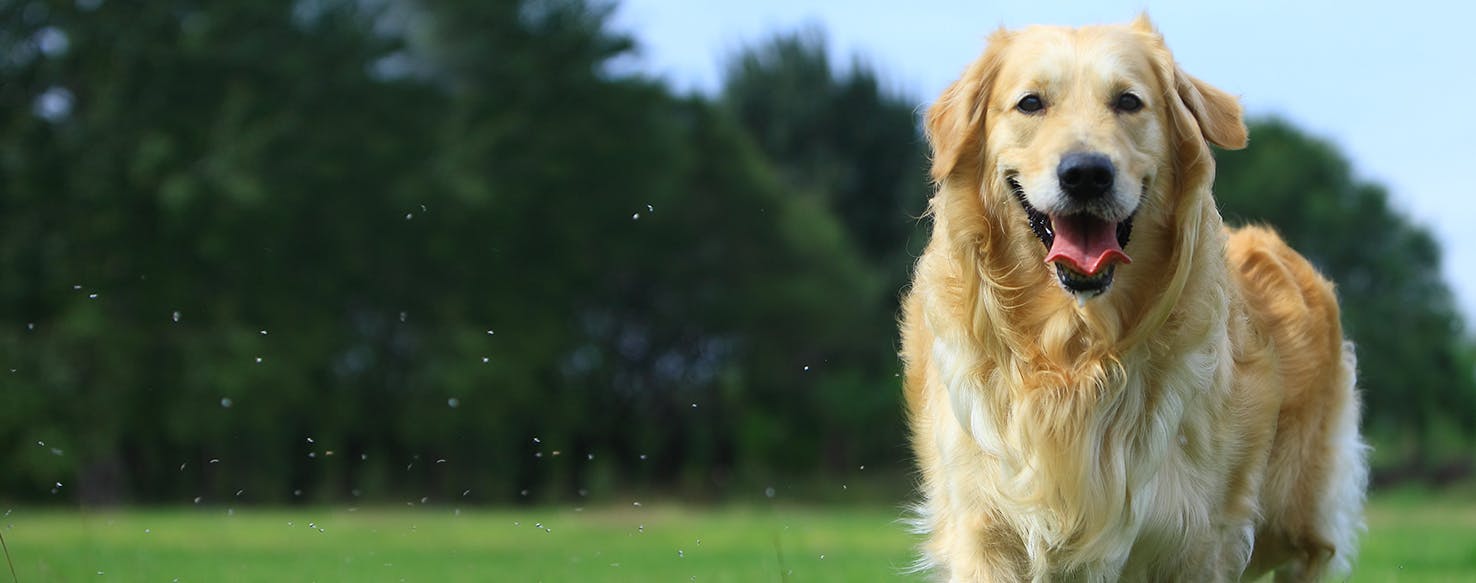Parvovirus is a viral infection that can be found in a number of animals (including humans) but which primarily exists in the dog population. The disease can spread quickly amongst its victims and is remarkably resilient outside of the body, going into a sort of hibernation period in order to avoid destruction. Because of this, preventing an outbreak of the disease from spreading can be especially difficult. Parvo is also quite dangerous, with its two distinct forms (cardiac and intestinal) producing a number of symptoms which, under the right circumstances, can prove deadly to the sufferer. These symptoms include a rapid loss of weight, fever (or loss of body temperature) as well as vomiting and diarrhea. Thus, it is imperative that dog owners living in areas where parvo outbreaks are common should take measures to stop their animal from both contracting the virus and passing it on to others.
Causes And Prevention Of Parvo
Contact With Infected Animals
– The most effective way in which parvo can spread itself is via direct contact between an infected animal and a healthy one. Bodily fluids are an especially useful medium of transition for the disease, with it being passed rapidly via dog behaviors such as licking and sniffing each other. The main way in which healthy animals can be protected from the infection is to get them vaccinated against the disease, which will make them immune to sick animals. Kennels and other places where there is a large resident dog population and thus a larger likelihood that the disease can spread may require an animal to be vaccinated against parvo before it can be placed there. Furthermore, making sure that an animal is kept isolated during an outbreak can prevent them from running into sick dogs.
Improper Vaccination
– As mentioned above, vaccination is one of the primary means of fighting the disease, but there are ways in which it can prove ineffective. The first of these is if the vaccination procedure itself is not conducted properly. In order to fully immunize the dog against the parvovirus, a vet will need to deliver a series of injections that are spaced out over several months so that the immune system becomes ‘trained’ to fight the disease. However, if some of these injections are missed, it can render the whole endeavor futile as the immune system will not be able to fully reinforce its training. By making time to attend all of the vaccination appointments, a dog owner can save themselves a lot of expense and heartache further down the road.
The second way in which a vaccination may fail is if it is not designed to combat the particular strain of parvovirus that the dog becomes infected with. The disease relies on rapid mutation in order to remain able to infect different dog populations with different levels of immunity, meaning that there are a fair number of strains in existence throughout the world. If the vaccine a dog receives is not tailored to fight the strain of the disease that is active in their region, then it may prove to have little to no effect. Owners and veterinary staff should check that the vaccine their dog receives is the right type.
Contact With Infected Matter
– Whilst an infected animal can pass on the disease via direct physical contact with other dogs, parvo can also be borne upon various materials, making it an even more dangerous threat. Feces from infected dogs will be full of the disease, so people should prevent their pets from investigating or even trying to eat fecal matter they find outside. The virus can also be found on the bedding of infected dogs. Due to the length of time that the virus can survive outside of the body (sometimes months), this material should be destroyed as soon as the animal has recovered. It should also be kept in mind by dog owners that they themselves can pass infected material between dogs, as saliva and fecal matter can become stuck to their shoes and clothing whilst they are outside and brought back into the home. For this reason, extra precautions should be taken if a person visits a location where a dog infected with parvo is known to be.
Parvovirus can be an extremely difficult condition to deal with, with the dog requiring rapid and comprehensive treatment in order to survive. Needless to say, by taking steps to prevent the disease from appearing, both the dog and their owner can be saved a great deal of stress and expense. Additionally, learning how to stop an animal being infected with the virus can be very helpful in avoiding other infectious diseases and similar conditions that in many parts of the world pose a threat to humans. In the event that their dog does end up contracting the parvovirus, an individual should take all necessary precautions to stop their pet from infecting others. This means quarantining the dog and following the instructions of their vet to the letter.
It is easy to write off major illnesses as something that only happens to the extremely unfortunate or that has mainly been stamped out by modern medicine. But the fact remains that even with the benefit of widespread awareness of diseases and their causes, viruses like parvo are still a serious threat to pets worldwide and often have outbreaks. For this reason, setting aside some time to plan for such an eventuality can pay large dividends in the long term, allowing dogs and their masters to avoid many of the pitfalls that frequently lead to infection.


